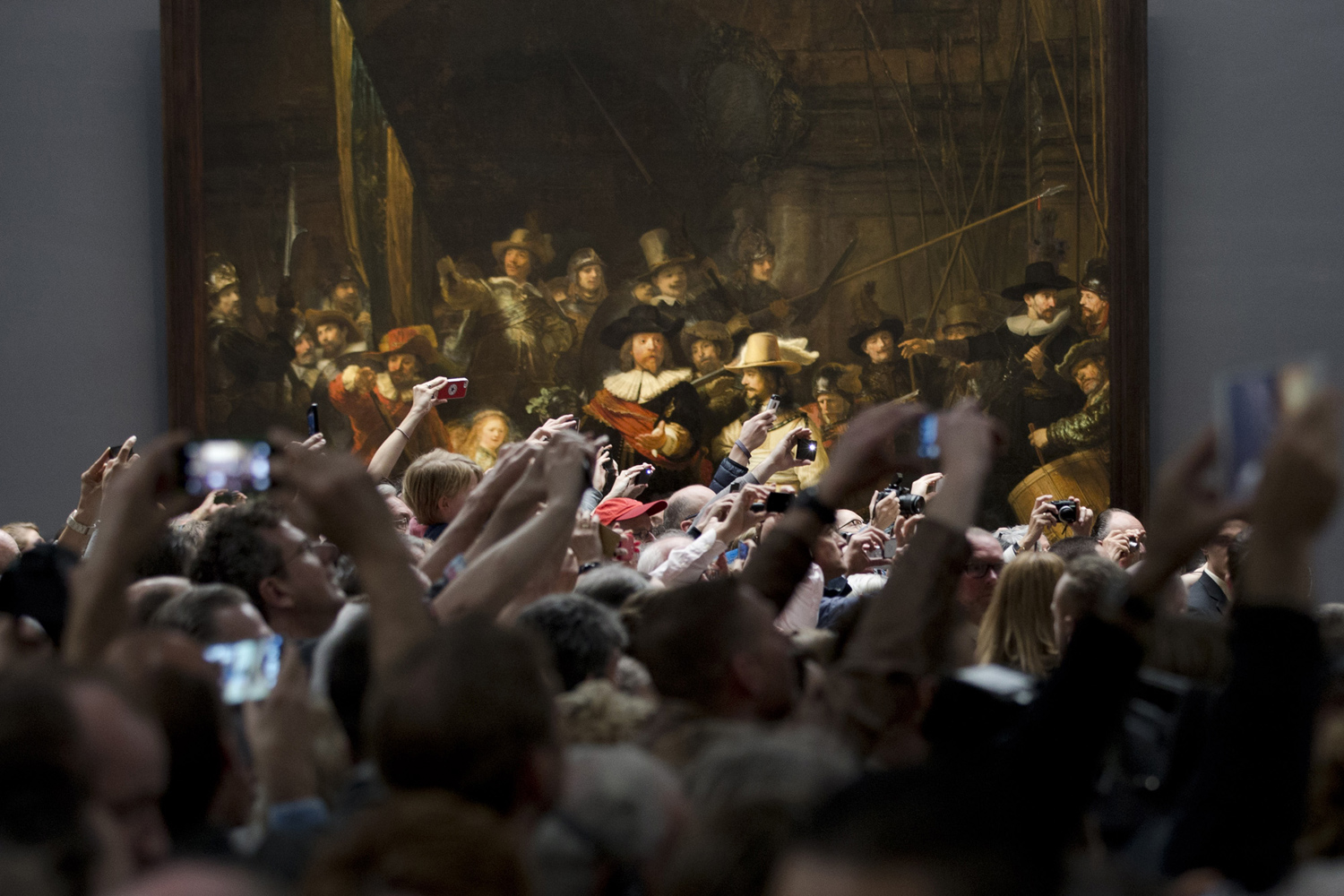There once was a time when standing before a piece of magnificent art in one of the world’s great galleries was an opportunity for reflection, for introspection, for reverence. An opportunity to stare into the soul of an artist through their work, and discover something special crystallised within.
Visit a gallery today, and you’d be forgiven if you found yourself wondering whether those days are long gone.
Look beyond the cameras, say staff at the British Museum, and you’ll see another group of enthusiasts capturing the art via a more traditional medium. They are students, young families, older couples, and as they sit on the benches, their attention shifts between the art on the wall and something on their laps. A drawing pad.
In what almost feels like a revolt against the proliferation of technology that serves solely to divide the viewer from the art before them, the museum says drawing is becoming a significantly more popular activity for attendees.
With this in mind, the museum has announced that as part of its next major exhibition, Rodin and the Art of Ancient Greece, members of the public will be offered drawing materials upon arrival. Rather than taking a selfie in front of The Thinker, they hope visitors will take the time to sketch it. Not only does the process invite visitors to explore the work in a more focused way, but pays homage to Rodin, who in 1881 visited the museum and drew the ancient masterpieces that would inform his own great work.
It’s the first time the museum has provided drawing tools for a major exhibition, marking another major step in its quest to revitalise the artform – a quest that started in 2016, the same year the Victoria and Albert Museum controversially banned sketching at its Undressed: A Brief History of Underwear exhibition.
Drawing classes at the museum – held for members of the public and staff alike – seek to make up for the lack of drawing courses in art education institutes, which have steadily moved towards teaching conceptual art in its stead.
“There’s a desire to get back into making, to getting your hands dirty”, Sarah Jaffray, project officer for the Bridget Riley Art Foundation, told The Telegraph about the recent rise in popularity the artform has seen.
“The hope is that once people start to do it, they see how expressive and complex it can be and appreciate what other artists have done.”
Of course, it won’t be for everyone, but if it inspires even a few visitors to keep their phones in their pockets and consider the work in new ways, than it will have been a great success.
Rodin and the Art of Ancient Greece runs April 26 to July 29.

